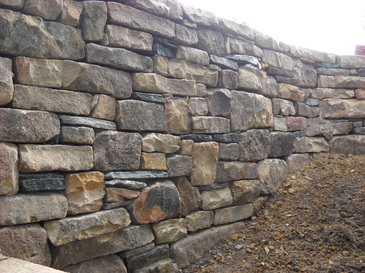
This lesson is for informative purposes only. Please consult a professional before digging up your yard and ordering 100 tons of stone!
The Excavation is the least fun, least glamorous part of building a stone wall, but it is crucial to build your wall on undisturbed soil, preferably below frost line. And that means digging.
If your site is accessible with equipment, you can rent an excavator to do the heavy lifting for you. This includes demolition of a failed wall, if necessary, and removing excess soil to create a flat workspace and digging a footing of the appropriate size.
STEP 2: FOOTING STONES
Once your footing is prepared, you will need to select appropriate footing stones. A good footing stone is first of all, large. You will want to use your largest stones on the bottom course for the stability they provide. In addition, this is a good opportunity to utilize stones that have irregularities on one side by placing those down in the gravel, which will shift around as you level the stones. It is important that you footing stones are as level as possible in both directions. Once you are satisfied with the placement of you footing stones, you can check them for stability by standing on them . There should be little to no movement.
There are 3 basic rules to stone placement in a drystone structure. If you can follow these principles, your wall won't fall down.
1.Length in.
This sounds simple enough right? Use the stone with the longest side going into the wall. However, there is a great temptation with novices to "trace" stones (to use the longest side facing out), but this creates areas of instability and is to be avoided whenever possible.
Again this is a simple concept, but the rule is often ignored by both beginning and experienced masons. Another way of putting it is to always cover the seam between two stones with another stone. This helps to distribute weight and force evenly throughout the wall.
This rule might be the most difficult one because because no matter how they might appear, stones are never perfect. A small lump here and a little bump there can cause your drystone wall to be crooked and unstable. The challenge is to use the stones in a way that the irregularities will complement each other instead of compounding to form a problem spot. You should try to keep the stones as close to level in both directions as possible.
This is one of the most neglected techniques in wall building because of the the simple fact that it is not visible once the wall is completed. After you place each stone or course of stones, you should fill the spaces between, behind, and below the stones with "hearting" (chips of stone or gravel). The pieces should be as large as you can fit in the space, and if it fits in your mouth, it is too small. The problem with using small (1/4-3/4") gravel behind the wall is that it will migrate to the face of the wall, spill out, and make your wall look bad. It could also compromise the structure of the wall by creating voids.
This is the most important step, visually speaking, because the top of the wall is the only part of the wall where you see the whole length of the stone. Stone selection and fitting is paramount. I suggest you set aside potential capstones throughout the project to make capping easy and fun. A common mistake is to use all the best stones first, so that when it comes time to cap all thats left is the stones nobody wanted to use. In my part of America flat capstones are standard, but in the UK vertical coping is the norm. Either style is fine, just choose which works for you aesthetically.
The second is ALWAYS USE A STRING! No matter how many walls I build, my eye is never as accurate as a simple string line.

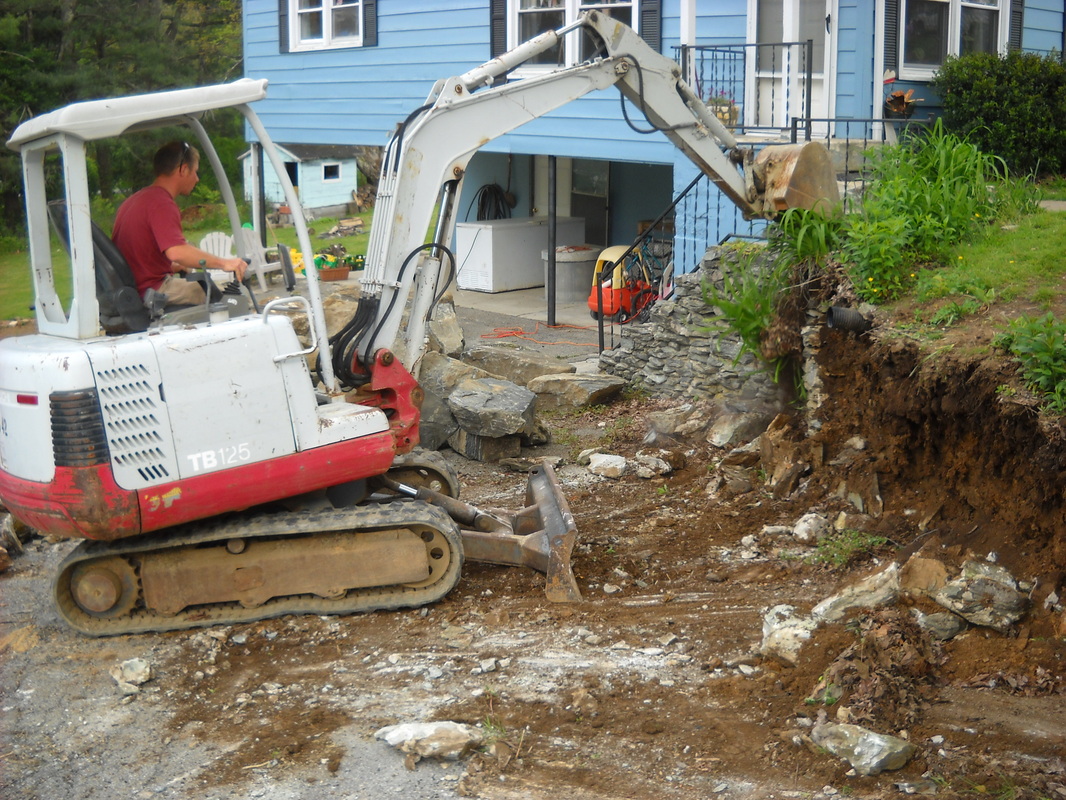
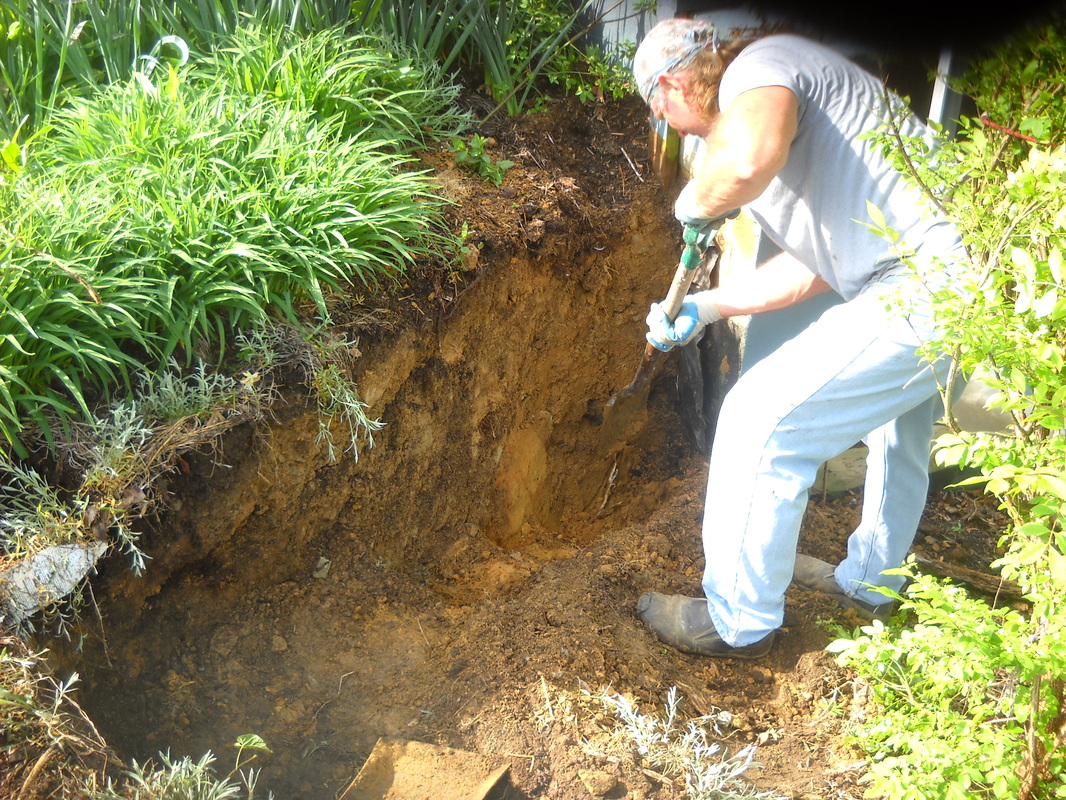
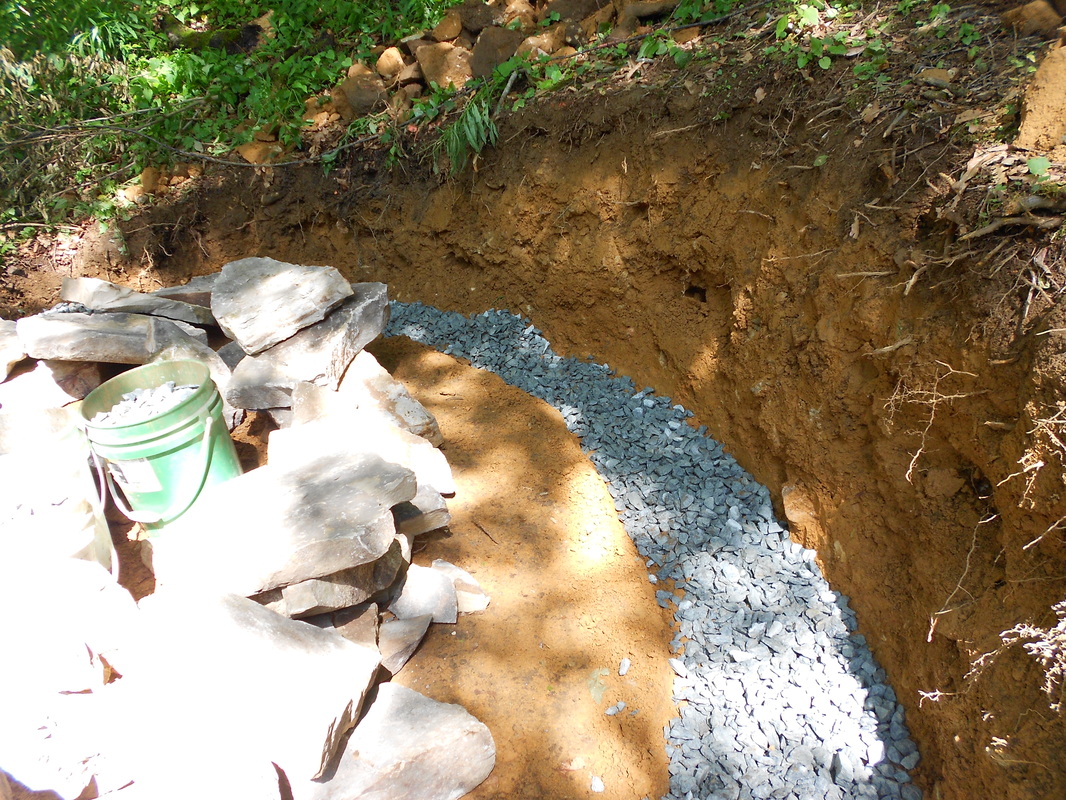

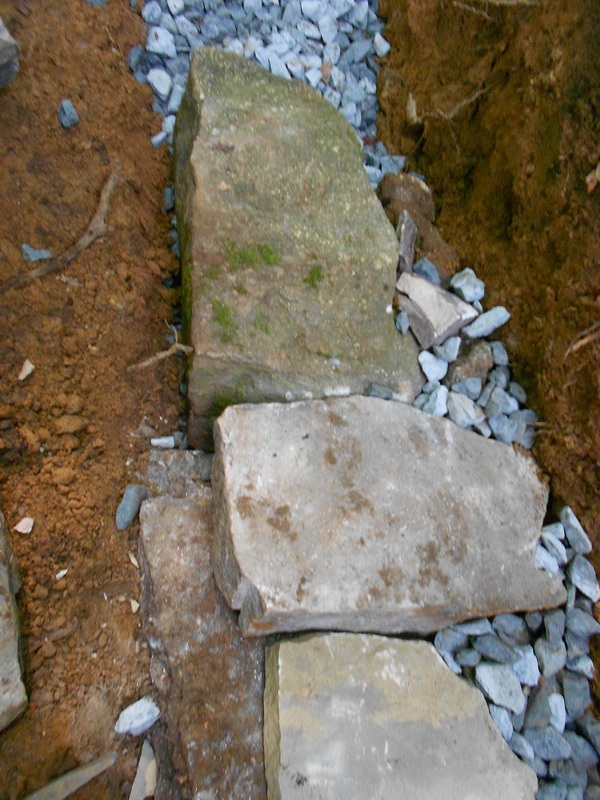

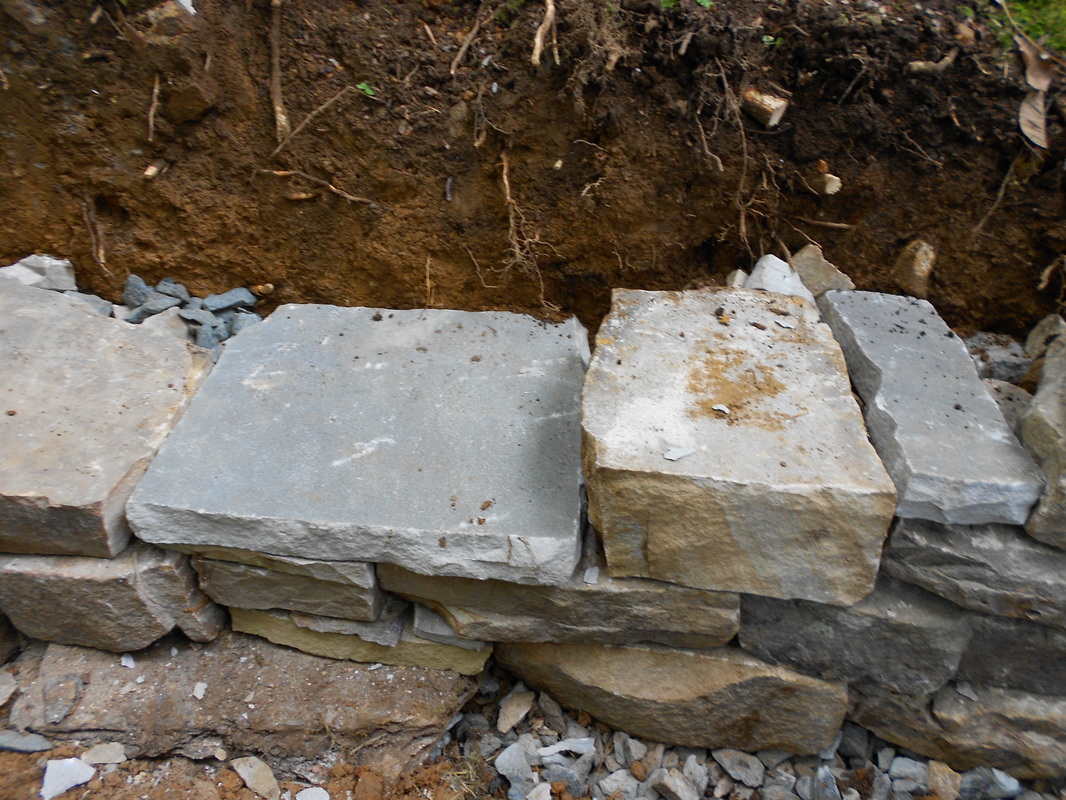
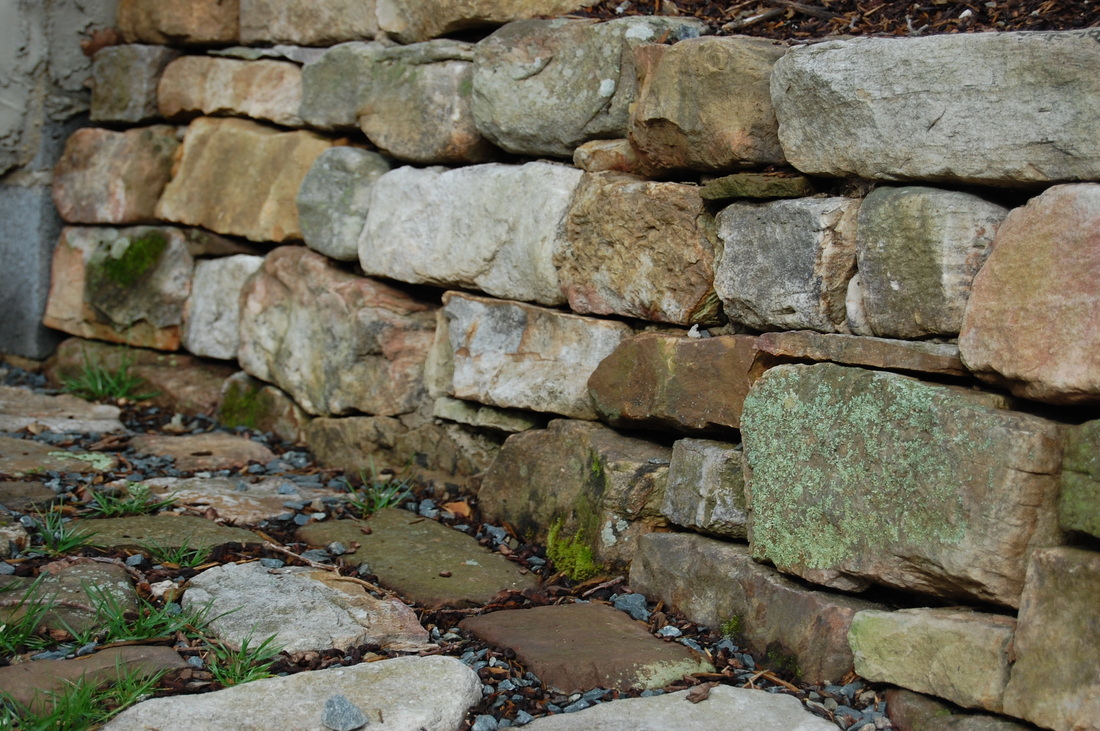

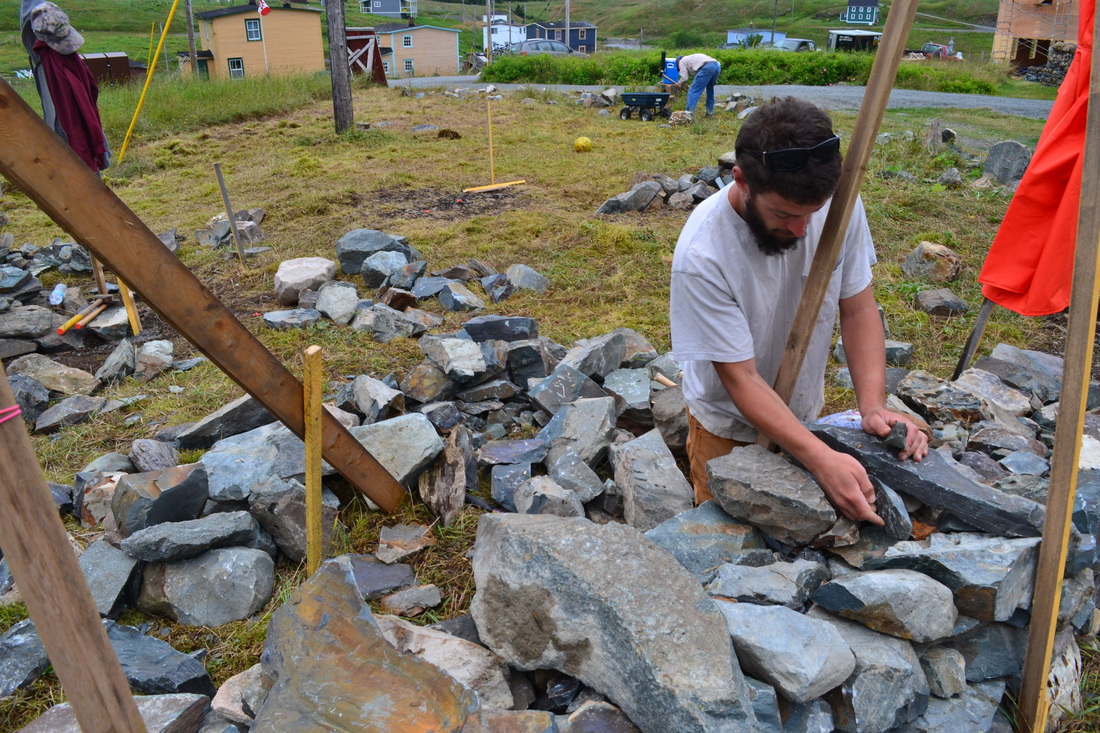
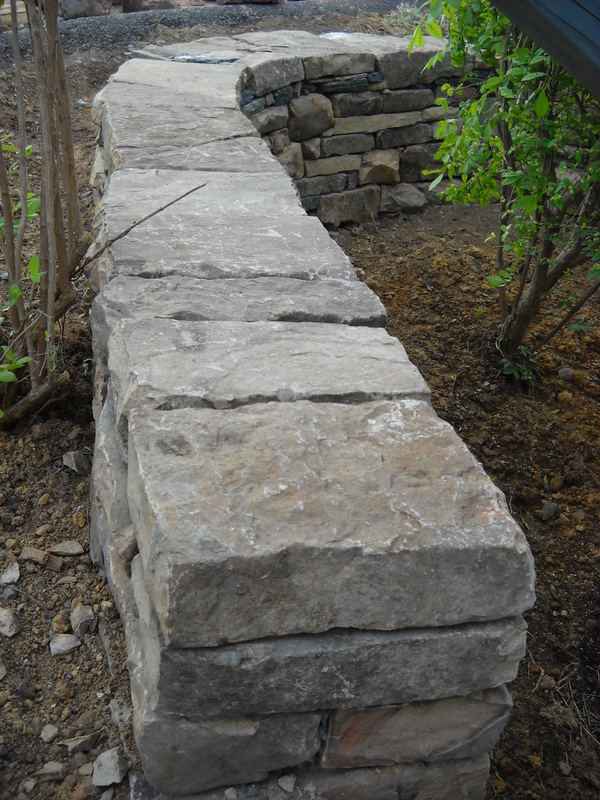
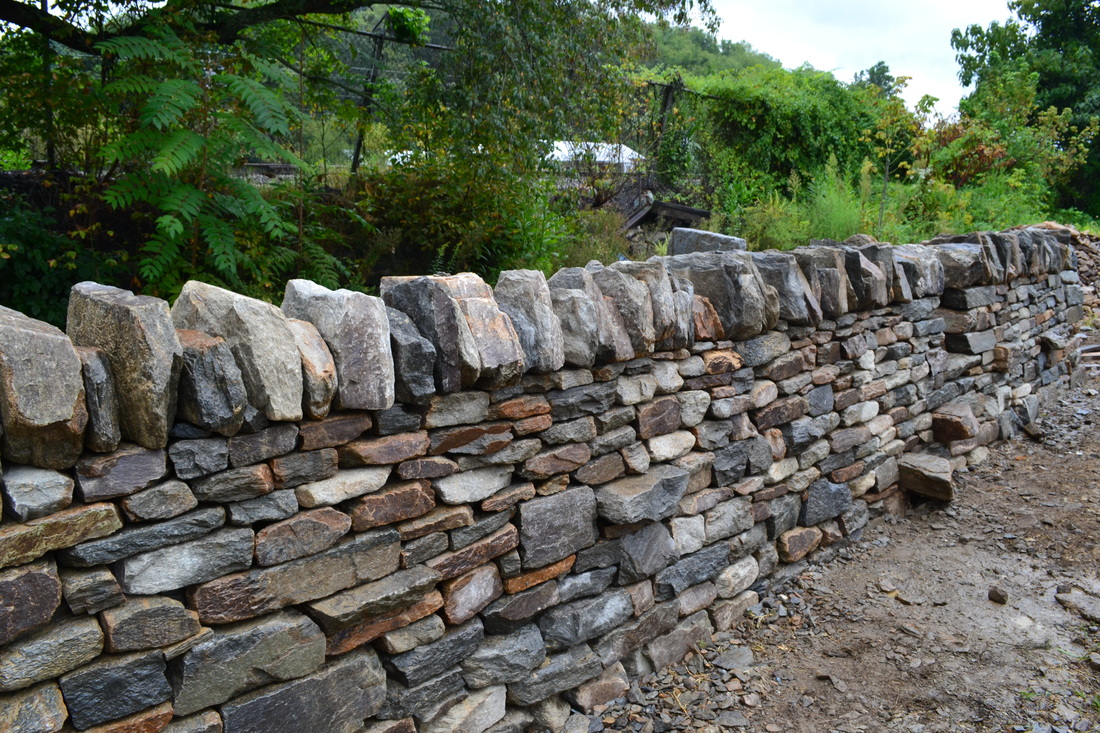
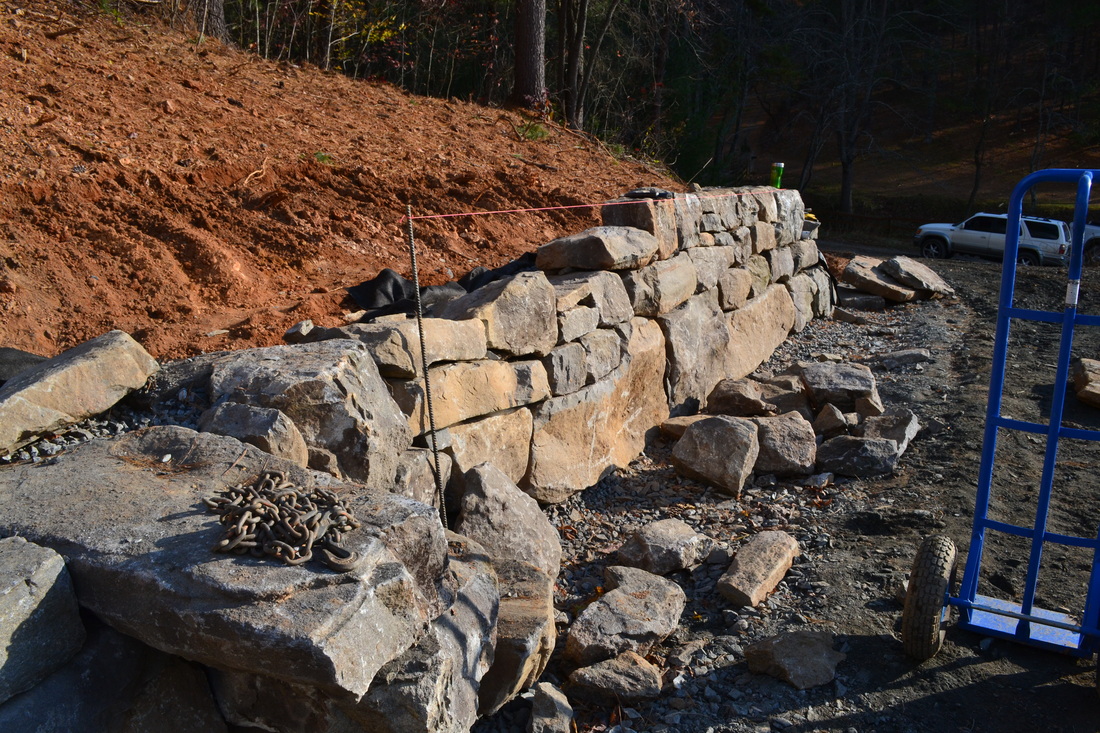
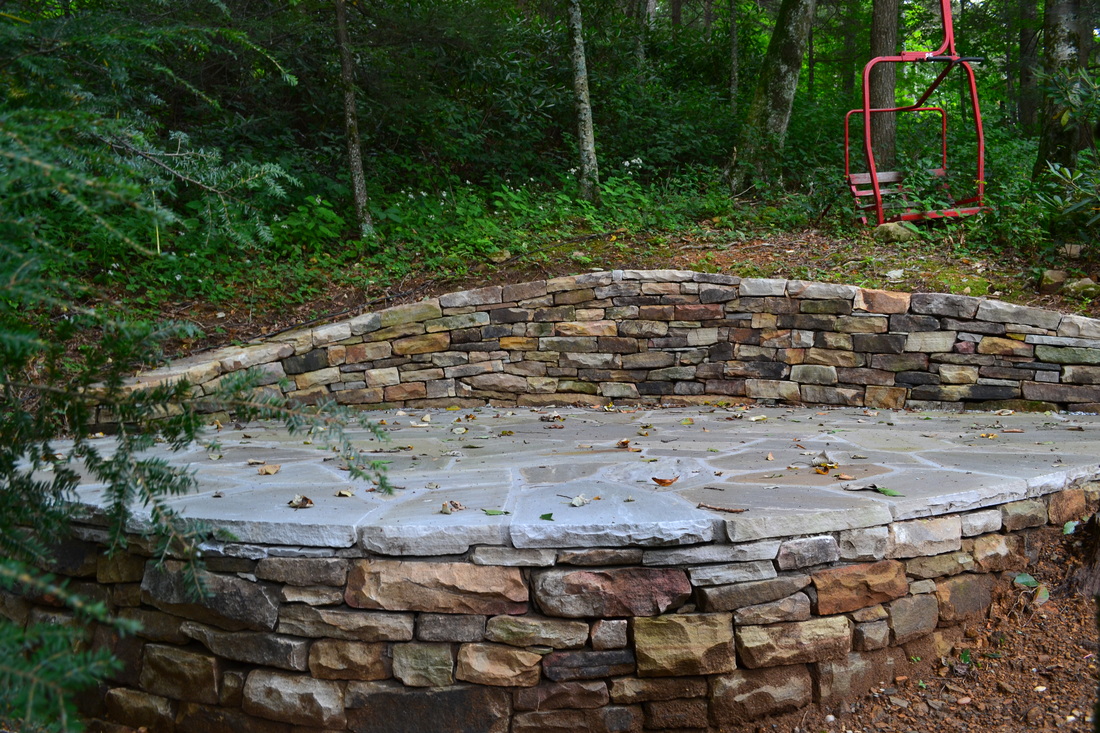
 RSS Feed
RSS Feed